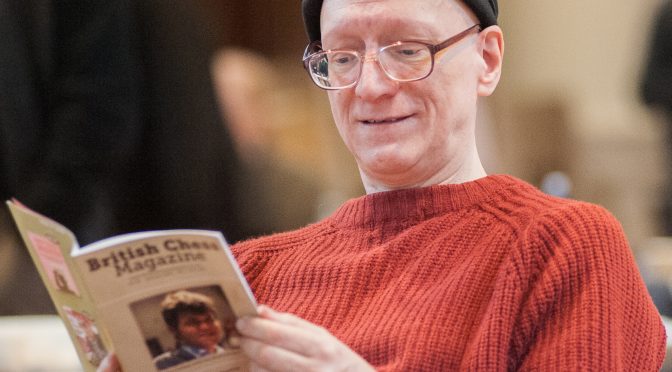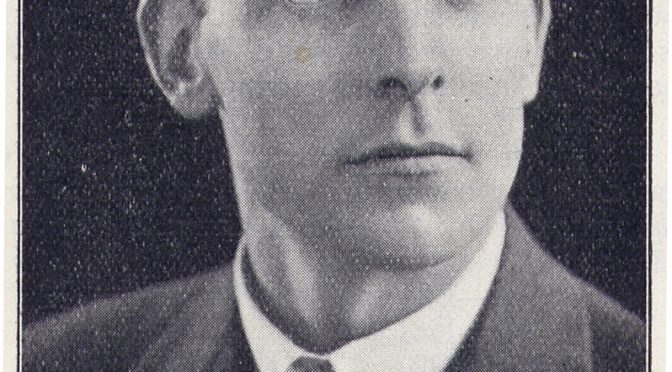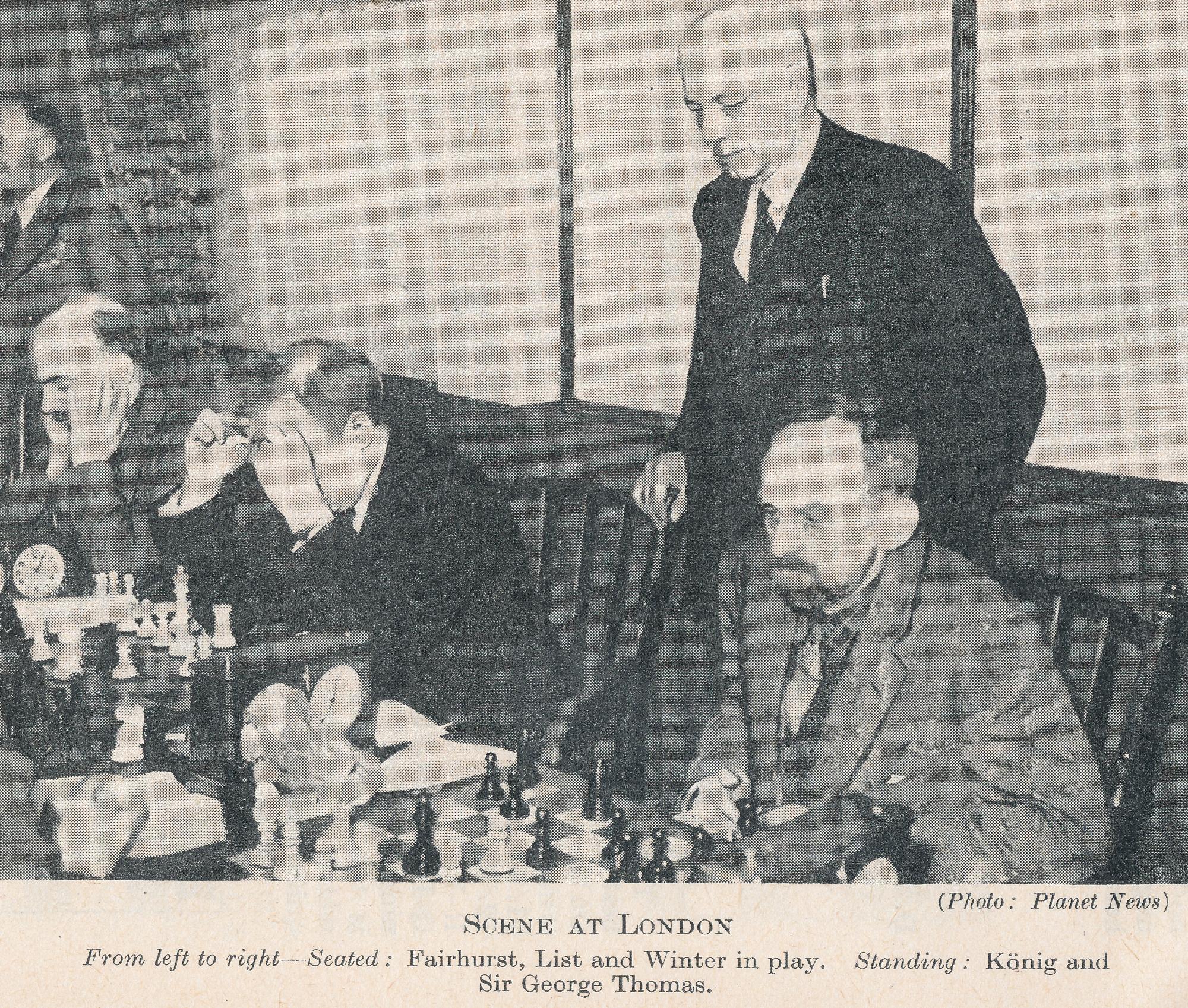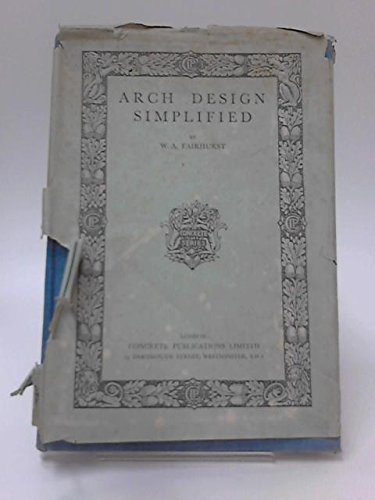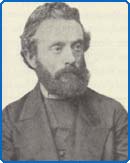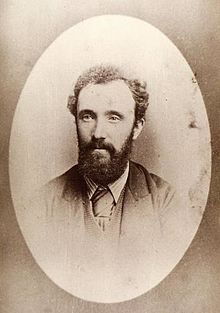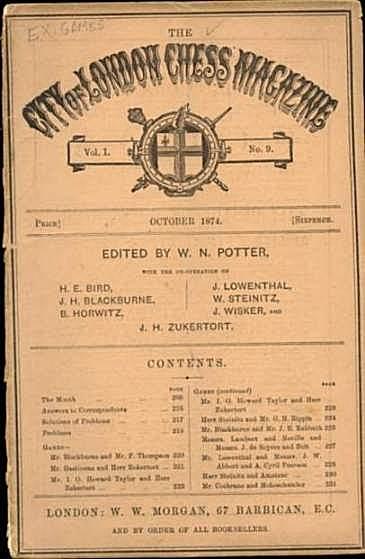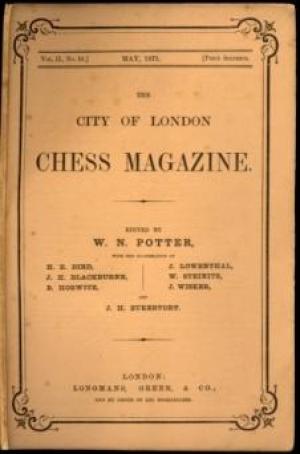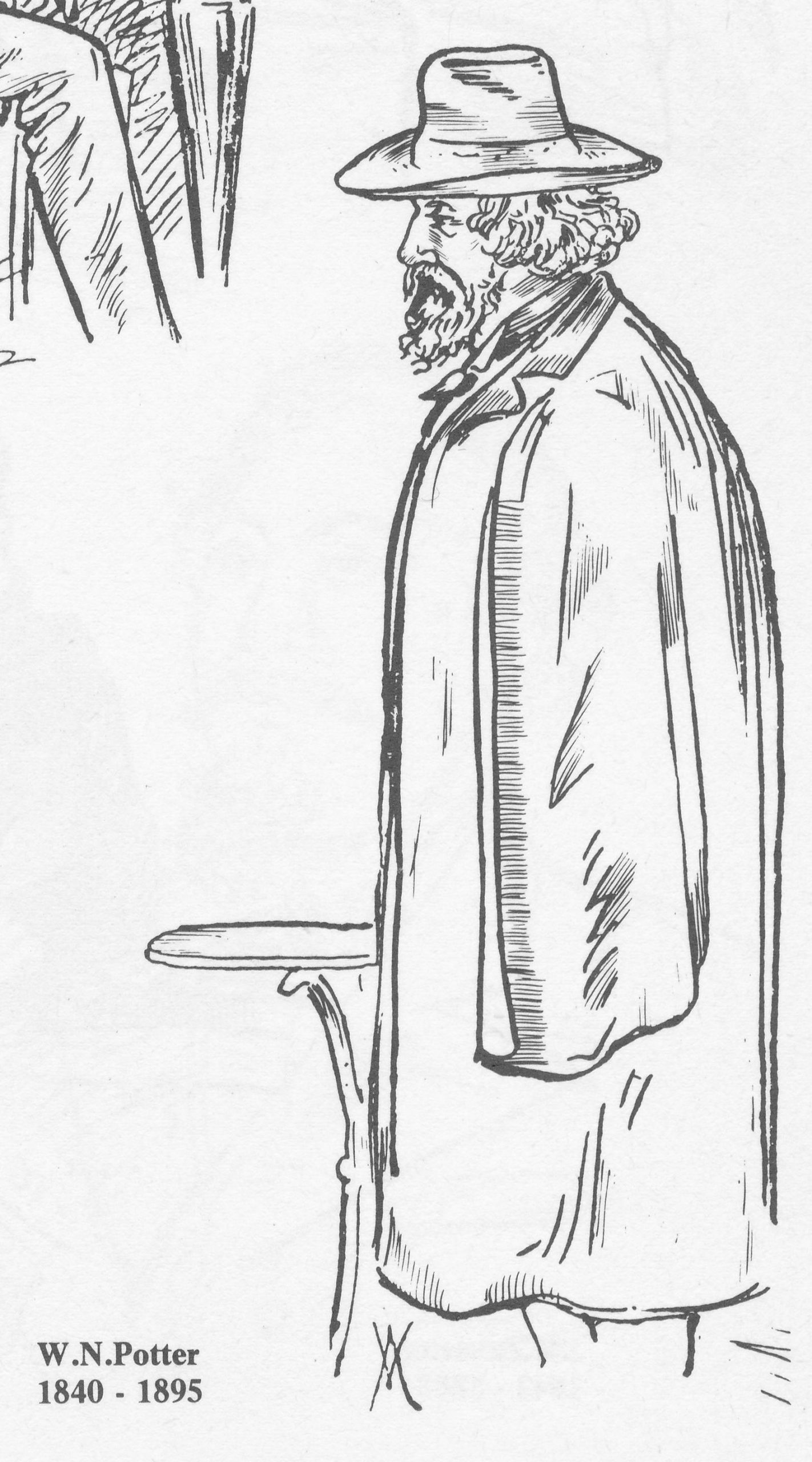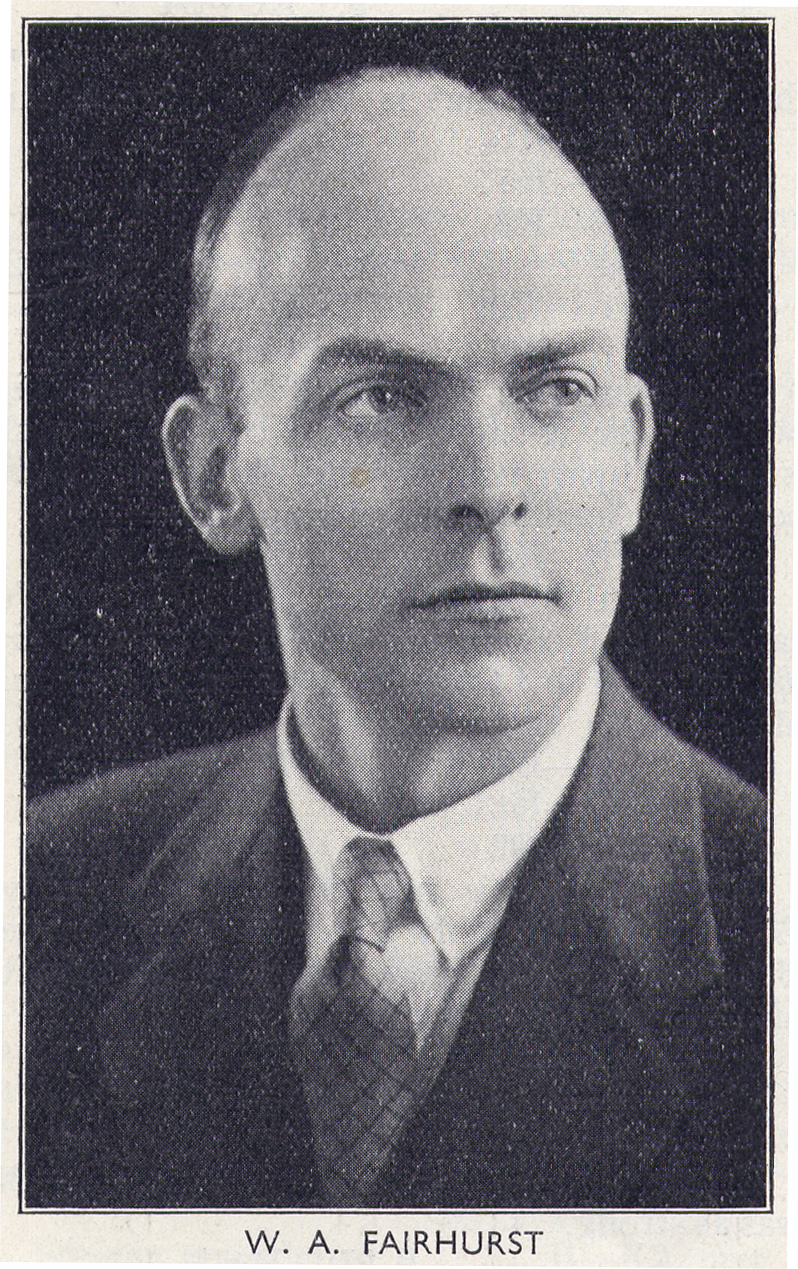Best wishes to GM Dr. Jonathan Mestel on his birthday
Early Years
A(ndrew) Jonathan Mestel was born in Cambridge on Wednesday, March 13th 1957. On this day the Presidential Palace in Havana was attacked with the object of killing Fulgencio Batista, the incumbent President.
Jonathan’s parents were Leon and Sylvia Louise Mestel (née Cole) who were married in 1951. Leon was a world-class astronomer and astrophysicist whose PhD supervisor was Fred Hoyle. Jonathan has a brother Ben and sisters Rosie and Leo.
Growing Up
Living in Cambridge he attended Newnham Croft Primary School and at the age six was taught chess by his father Leon. By the age of seven Jonathan was matching his father and not long afterwards he was beating him consistently. East Cheshire Chess Club was his first club and therefore the opportunity to play adults other than his father.
MGS and Beards
The Mestel family moved to Manchester in around 1967 and Jonathan attended Manchester Grammar School along with chess players Emmanuel Rayner and Ian Watson. Famously he grew a substantial beard and moustache and apparently “they (MGS) disapproved of it” resulting in a ban until the beard was removed. Jonathan duly obliged and returned to school but was sent home once more since he had retained the moustache: “They did not mention the moustache!” we are told. A further ban was resolved when the offending item was also removed.
Mathematics
Jonathan obtained a PhD in mathematics from Trinity College, Cambridge and the associated thesis was entitled “Magnetic Levitation of Liquid Metals”.
Jonathan is Professor of Applied Mathematics at Imperial College London. As well as teaching, his research interests include magnetohydrodynamics and biological fluid dynamics.
Marriage
In the third quarter of 1982 Jonathan married Anna O’Donovan in Cambridge and they soon settled in the central Cambridge area where they remain to this day. They have a son, David. Sadly, it was reported in The Problemist that Anna passed had away on December 26th, 2022.
Bridge
Jonathan has represented England at bridge joining a group of English players such as Peter Lee and John Cox who also represented their country at bridge. Paul Littlewood, Paul Lamford and Natasha Regan are amongst many others who have combined bridge and chess to a high level . Here is Jonathan’s English Bridge Union page. He remains highly ranked in the bridge world to this day.
Jonathan noted:
I should mention that all my hair fell out for no obvious nor serious reason – neither my bidding nor partner’s dummies are responsible. Few would argue with that last statement.
Serious Chess & Prize Money
His earliest recorded appearance in chess databases is from the Rhyl based British Under-14 championship in 1969 where he beat DA Winter. The eventual winner of that event was Jonathan Speelman. Jonathan M. recounts that he shared 3rd place with two others and that the prize allotted to the three of them was a whopping £2 10s to be divided equally. This amounted to 16s 8p each. Since the entry fee was 15s it meant he had cleared a notable profit of 1s and 8 pence!
The following year all British Championships competitors were sent to Coventry and Jonathan and Jonathan shared the Under-16 title whilst Bob Wade won the main event with 8/11.
1971 was no less successful and Jonathan travelled to the location of England’s Eiffel Tower (Blackpool) returning home with the British Under-18 title. Jonathan mentioned that he should have entered the Under-21 event instead.
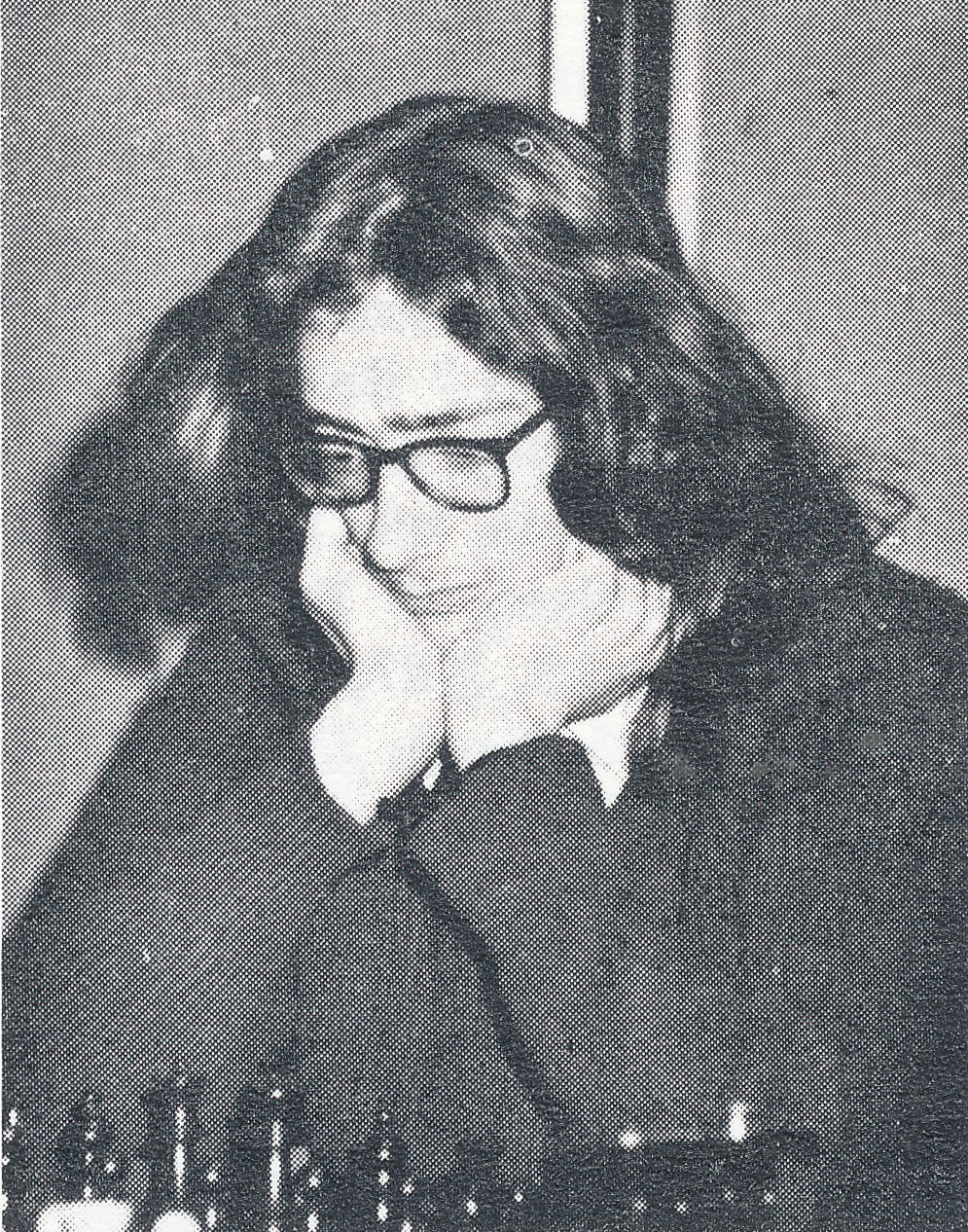
First British Championship
Brighton 1972 was Jonathan’s first appearance in the “main event” having broken the record for the youngest qualifier. This record was later broken by Richard Webb and then by Nigel Short. His final score was a creditable 6.5/11 giving him =5th overall aged 15 years and seven months. In 1972 this was an incredible achievement. Regrettably, these days achievements such as this appear to pass unreported.
At Eastbourne 1973 he was =7th with possibly the best hair cut of anyone:
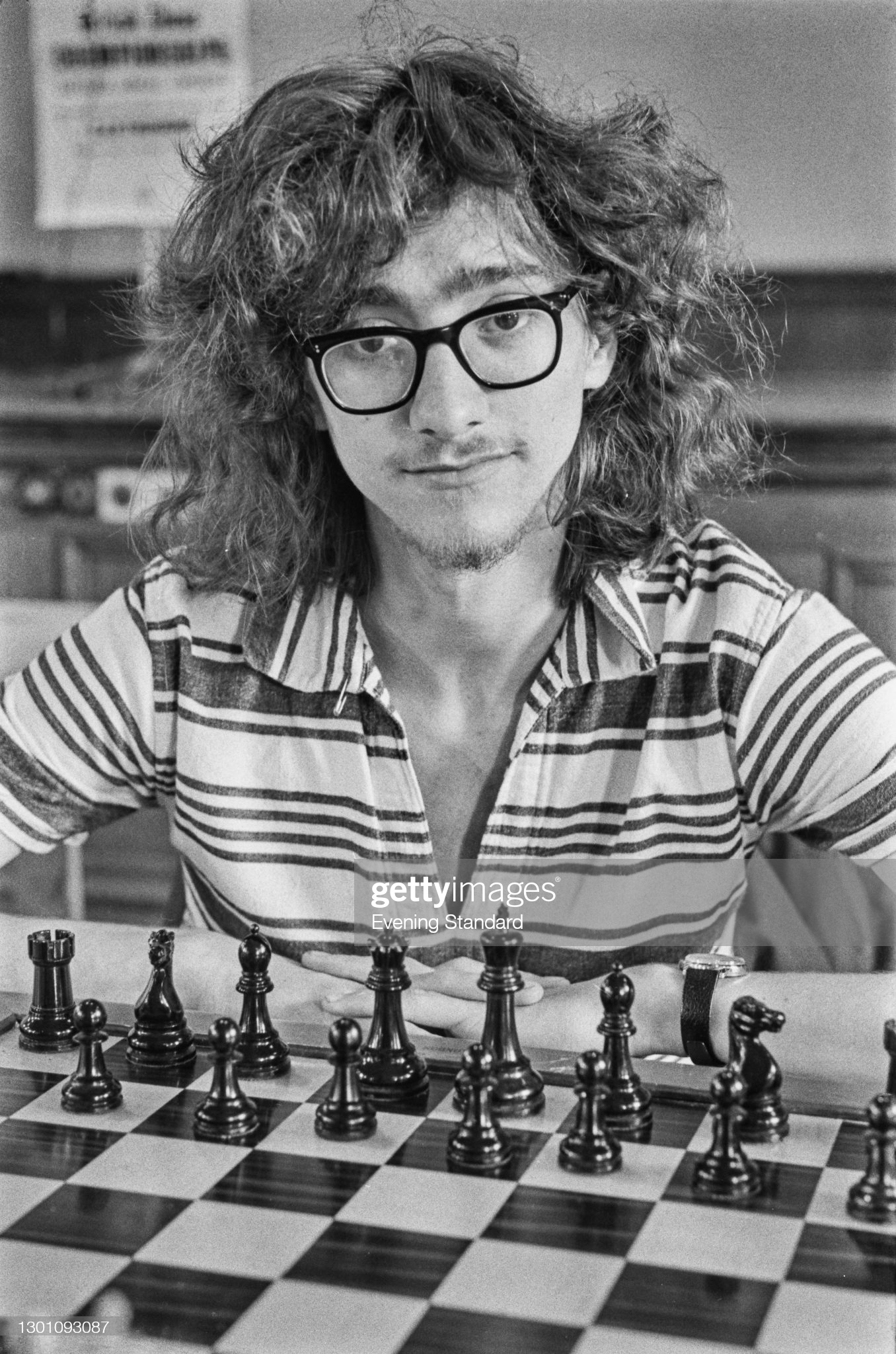
International Events
1974 was a breakthrough year internationally as Jonathan won the (unofficial) World Cadet Championship in Pont Sainte Maxence in southern France. The following year IM David Goodman followed up by winning the same title.
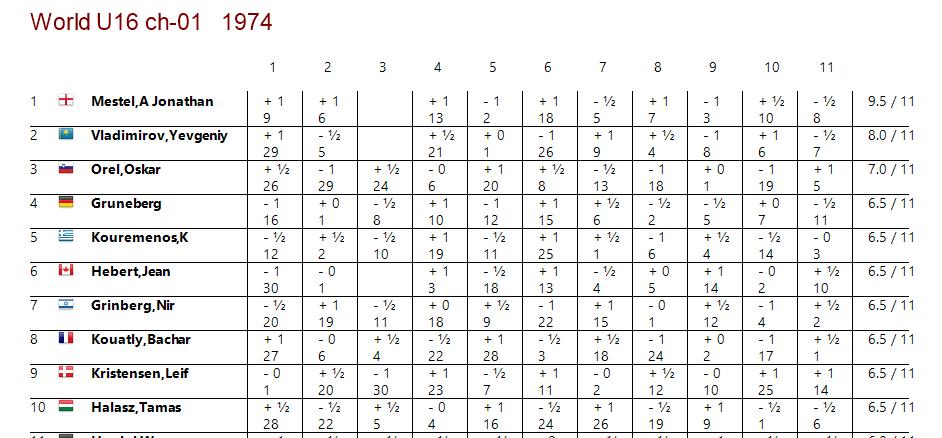
Interestingly travel arrangements for the above event were not so smooth as was the crossing of the English Channel. The hovercraft broke down; Jonathan arrived much later than anticipated and unable to find civilised accommodation leading to an Orwellian style “Down and Out in Paris” sleeping arrangement in a Paris gutter.
At Clacton 1974 Jonathan was one of seven who finished on 7/11, the title going to George Botterill after an all-play-all play-off in Wales.
1975 started well with a bronze medal in Tjentiste (former Yugoslavia now Bosnia Herzegovina) for the World Junior Championship (happening at the same as the British in Morecambe preventing a 1975 British Championship appearance).

First IM Norm
1976 brought further success at Portland School, Edgbaston with a first place scoring 8/10 and an IM norm in the Birmingham International tournament:
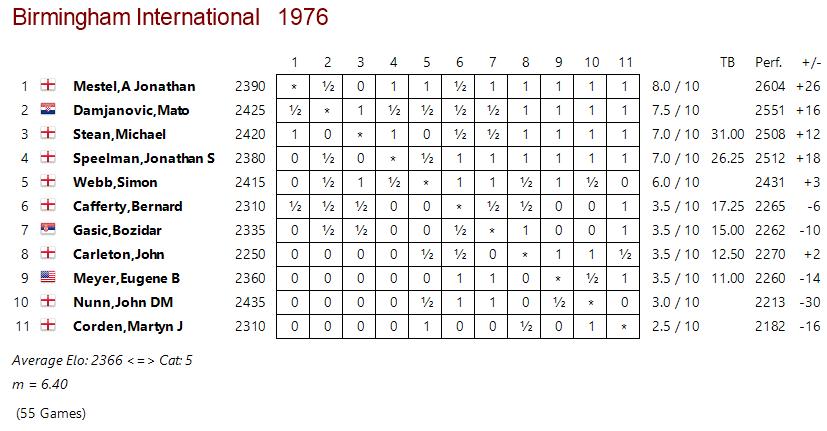
and here is a sparkling game from the 1976 Robert Silk Fellowship Tournament:
British Champion
Jonathan followed this at the Portsmouth 1976 British Championships with a splendid outright first place with 9.5/11 , the highest score since Malik Mir Sultan Khan in 1933. Also, nine consecutive wins from the starting gun was most definitely a record!
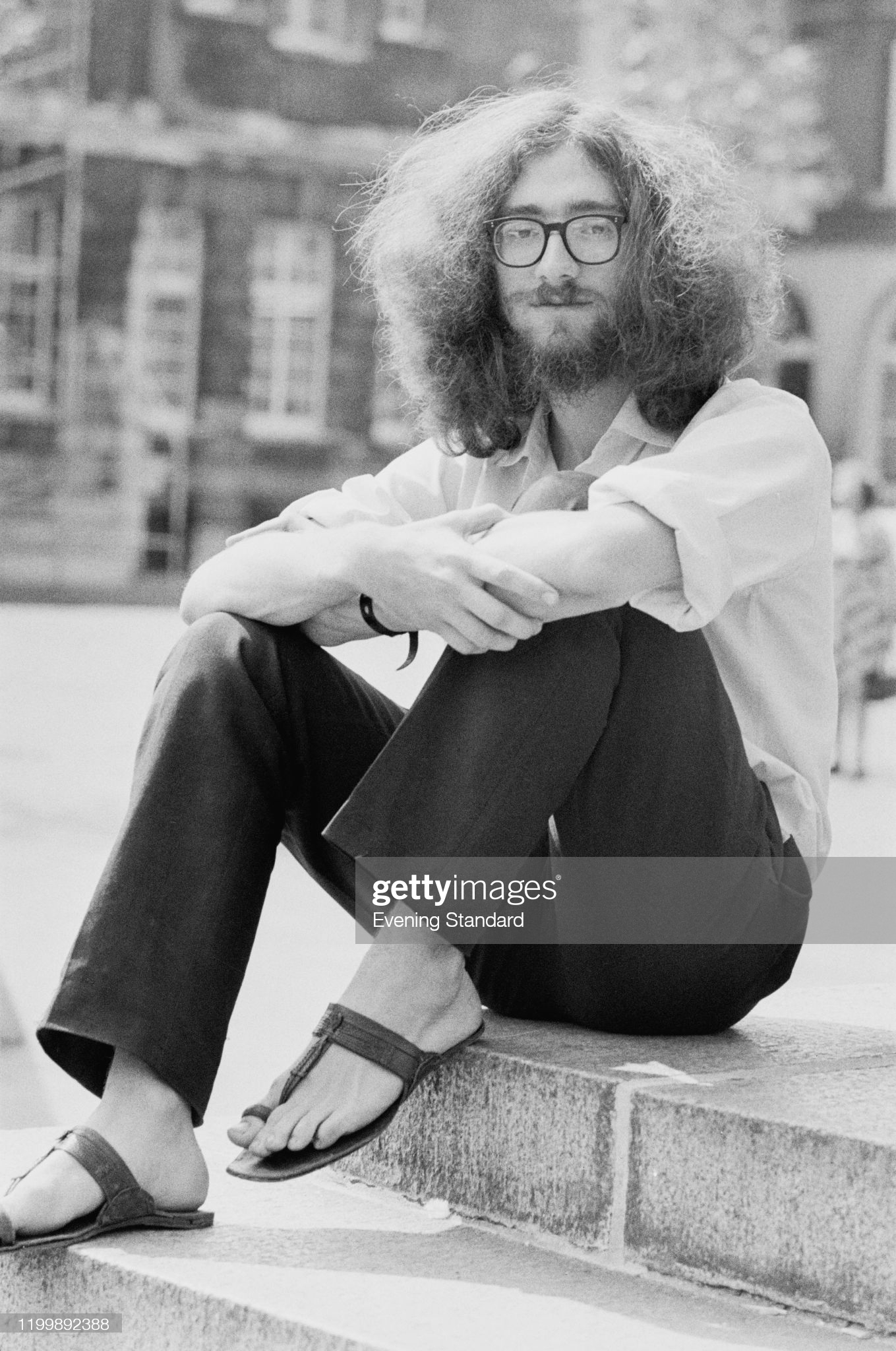
Leonard Barden assessed Mestel’s performance this in the Guardian:
“Jonathan Mestel’s reaction at Portsmouth to become British Champion at age 19, the youngest ever, and with a record series of nine wins, was characteristically low-key. He declined an interview with BBC’s World at One in favour of a continued sojourn on the beach, declined an invitation to the Chorley Congress (where the inducements for him to play were rumoured to include a chauffeured Rolls-Royce from station to town hall, and where the points might well have enabled him to overhaul the leader in the £1,000 Cutty Sark Grand Prix) in favour of a holiday in France, and even ‘declined’ the chance of a record total in the final round when he gifted a pawn in the opening to Whiteley in simple fashion”
Barden went on to praise Mestel as, along with Miles, one of the two young players ‘with genuine promise of ultimately reaching the world super-class.’
1977 led to the International Master title and in 1982 the Grandmaster title. In reality, the GM title should have been awarded two years earlier from Esberg 1979 but more on this FIDE blunder later.
In the 1979 Dataday Chess Diary Harry Golombek OBE wrote this:
“I wrote in last years diary that I doubted whether Jonathan would ever change his variability, adding ‘Probably there will always recur this rise to the heights and fall to lower levels.’
To some extent this is still true. But his play in 1977 and 1978 has shown a greater firmness of purpose and revealed more powers of endurance and stamina than I had realised he possessed earlier on. Thus, for instance, in the last round of the European Team Championship finals at Moscow in 1977, playing the black pieces against the West German master Kestler, he was the last to finish and he defeated his opponent after nearly 12 hours play and some 105 moves.
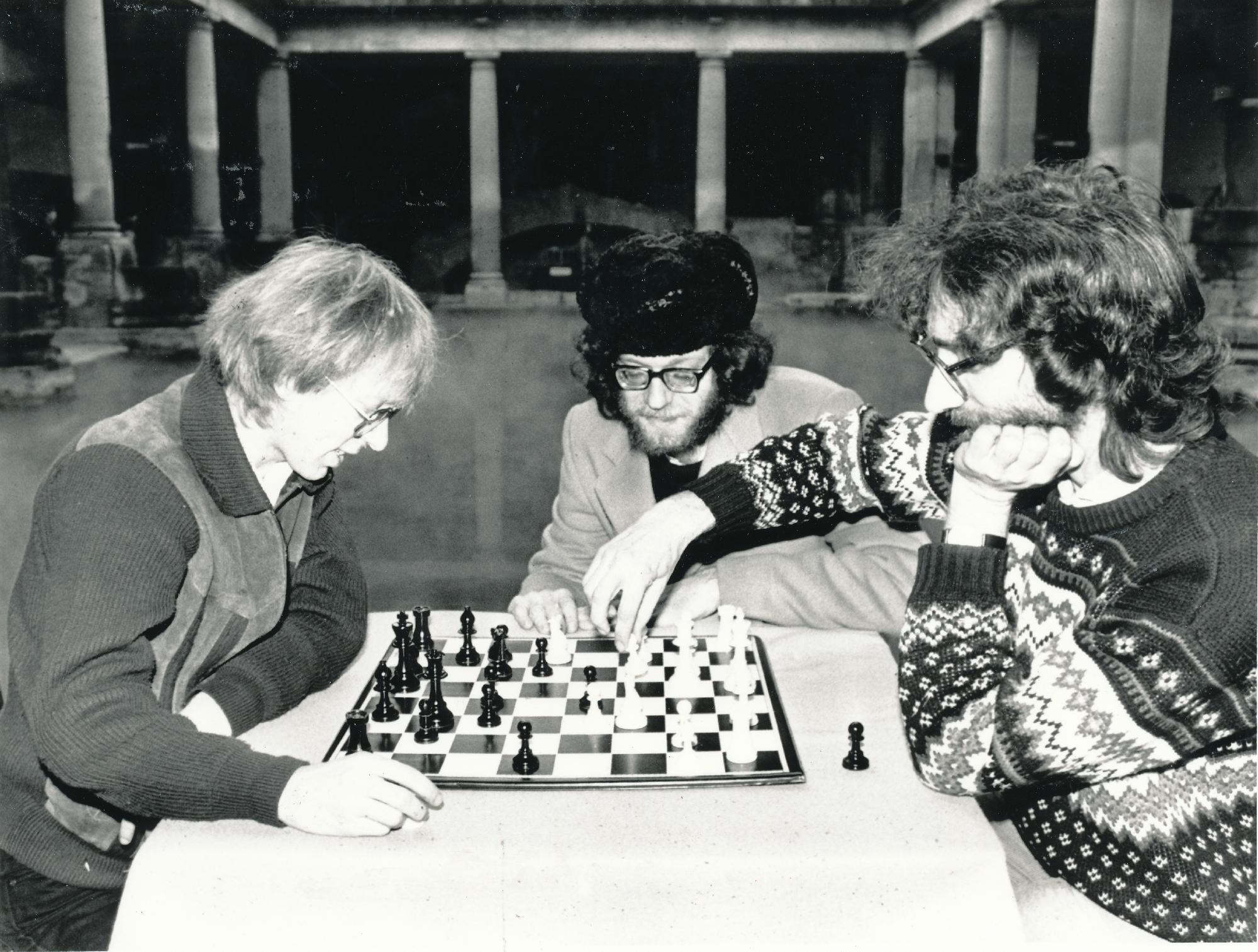
He is one of our players who is nearing the grandmaster title, both in play and, as it were, in figures. At the Lord John Cup Tournament in London, September 1977, he obtained the g.m. norm by coming equal 2nd with Quinteros and Stean below Hort. He did this with a score of 6 when 5.5 would have been sufficient for the norm.
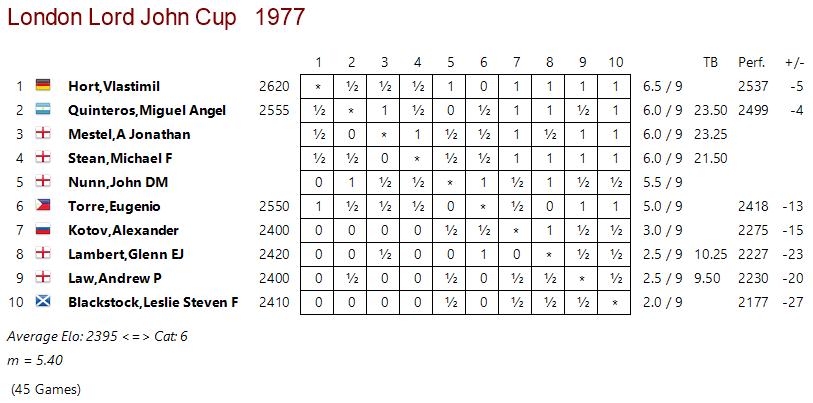
To my mind he is the ideal tournament competitor since he can always be relied upon to delight the onlooker with some fresh and original piece of chess. It is this talent which makes me think there is practically no limit to the heights he may attain as a player.
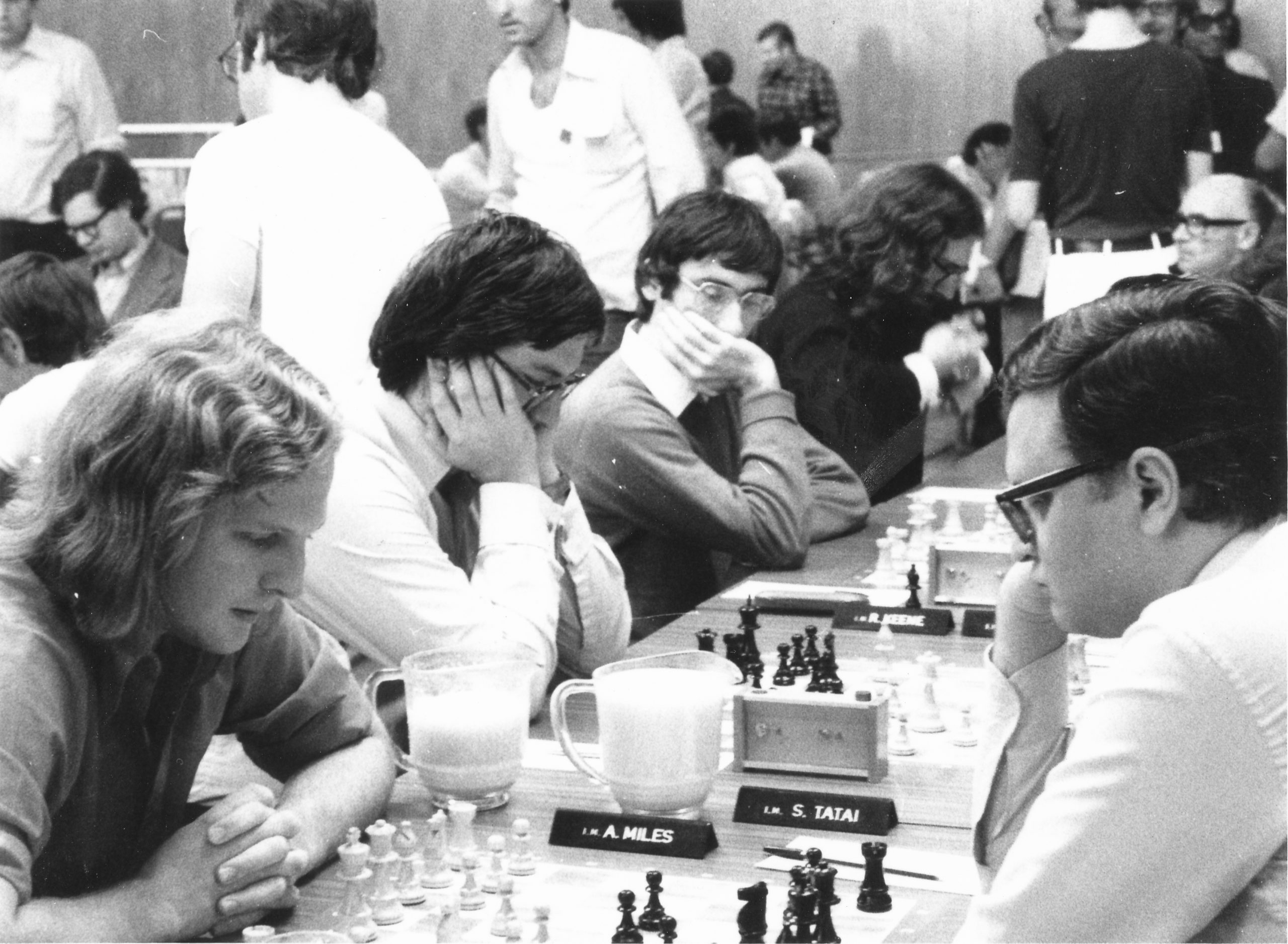
In the following game, played at the European Team Championships at Moscow 1977, Mestel gives signs of a new and mature sureness of purpose, whilst retaining all his incisive and ambitious qualities.
Beating the Russians
In 1978 Jonathan was part of the English team of Mestel, Speelman Taulbut, Goodman and Jonathan Kinlay that travelled to Mexico and won the World Under-26 Student Team Championships. This was a huge achievement as beating the USSR in a chess team event simply did not happen. It is not clear even that the Russian team were all bona fide students: some looking decidedly unstudent like!
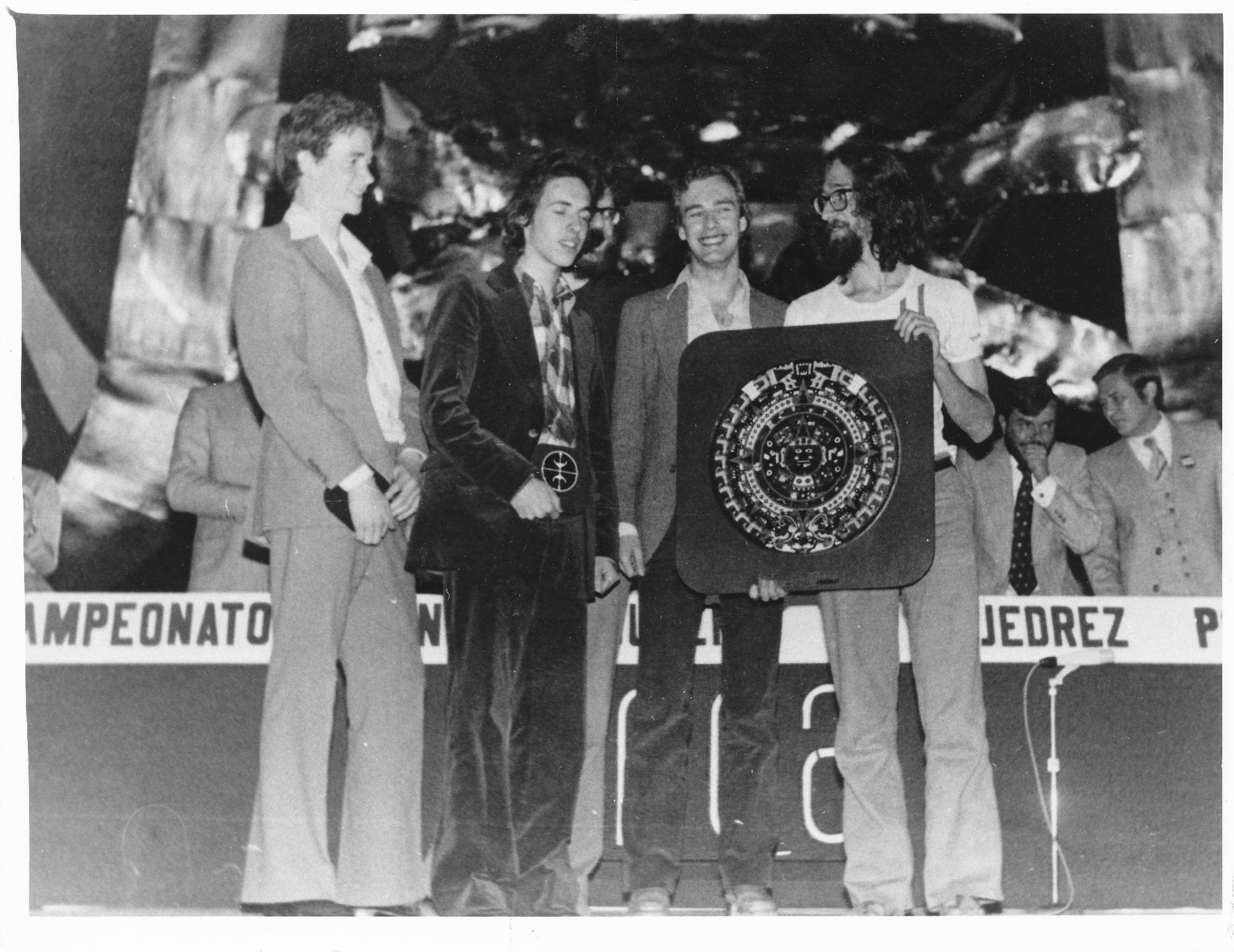
The splendid Aztec calendar trophy you can see Jonathan clutching above was taken back to England and generously donated to Bob Wade who, in turn, wrote in his will that it should be returned to Jonathan. To this day this wonderful trophy proudly lives with Jonathan and Anna in their house in Cambridge.
When is a Norm not a Norm?
From British Chess (Pergamon Press, 1983), Botterill, Levy, Rice and Richardson we have this appreciation by George Botterill:
“The tournament at Esbjerg in 1979 was a bitter-sweet experience for Mestel. He won many fine games on the way to sharing first place with the hefty score of 9.5 out of 13.

But the real prize for which he was competing was the final norm that would have completed his qualification for the title of grandmaster. In the last round a draw would have been sufficient, but it was not day for peaceful negotiation since his adversary was also his nearest rival, Vadasz, who needed to win in order to tie for first place.
The nervous strain of having two aims in sight, first place and the coveted norm, told on Mestel who played rather beneath himself to lose. It was some consolation that the following victory over Finland’s leading player was hailed as the best game of the tournament.”
If the previous game gives you the idea that Mestel is especially skilled in the handling of an attacking phalanx of pawns, just take a look at this contribution to England’s bronze-medal result in the 1980 European Team Championship.
It is nice to be able to conclude that since the above was written Mestel’s chess status has changed and the story of his near miss at Esbjerg in 1979 turns out to have a happy ending. His GM title was ratified by the FIDE Congress at Lucerne 1982*.”
*It transpired that the initial norm calculation in 1979 was incorrect and it should have been awarded after all. Better late than never!
Quite a good day!
Jonathan recounts that on St. George’s Day (April 23rd) 1982 he had an important interview in the morning in Cambridge which went very well followed by round eight of the Phillips and Drew Masters at the GLC in London against Lajos Portisch. Here is that game:
So quite a good day all in all!
From The Oxford Companion to Chess (OUP, second edition, 1996) by Hooper & Whyld:
“English player, British Champion 1976, 1983 and 1988, World Under-18 Champion 1974, International] Grandmaster (1982). In the 1976 British Championship he made a record by winning 9 successive games. Mestel’s opportunities for master play are infrequent – he is a lecturer at a University; he scored perhaps his best at London 1977 when he was second ( +4=4—1) equal with Quinteros and Stean after Hort, and he has played several times in the English Olympiad team since 1976. Mestel also an outstanding solver of chess problems, has represented his country in world team solving championships, and was awarded the title of International Solving Master in 1986”
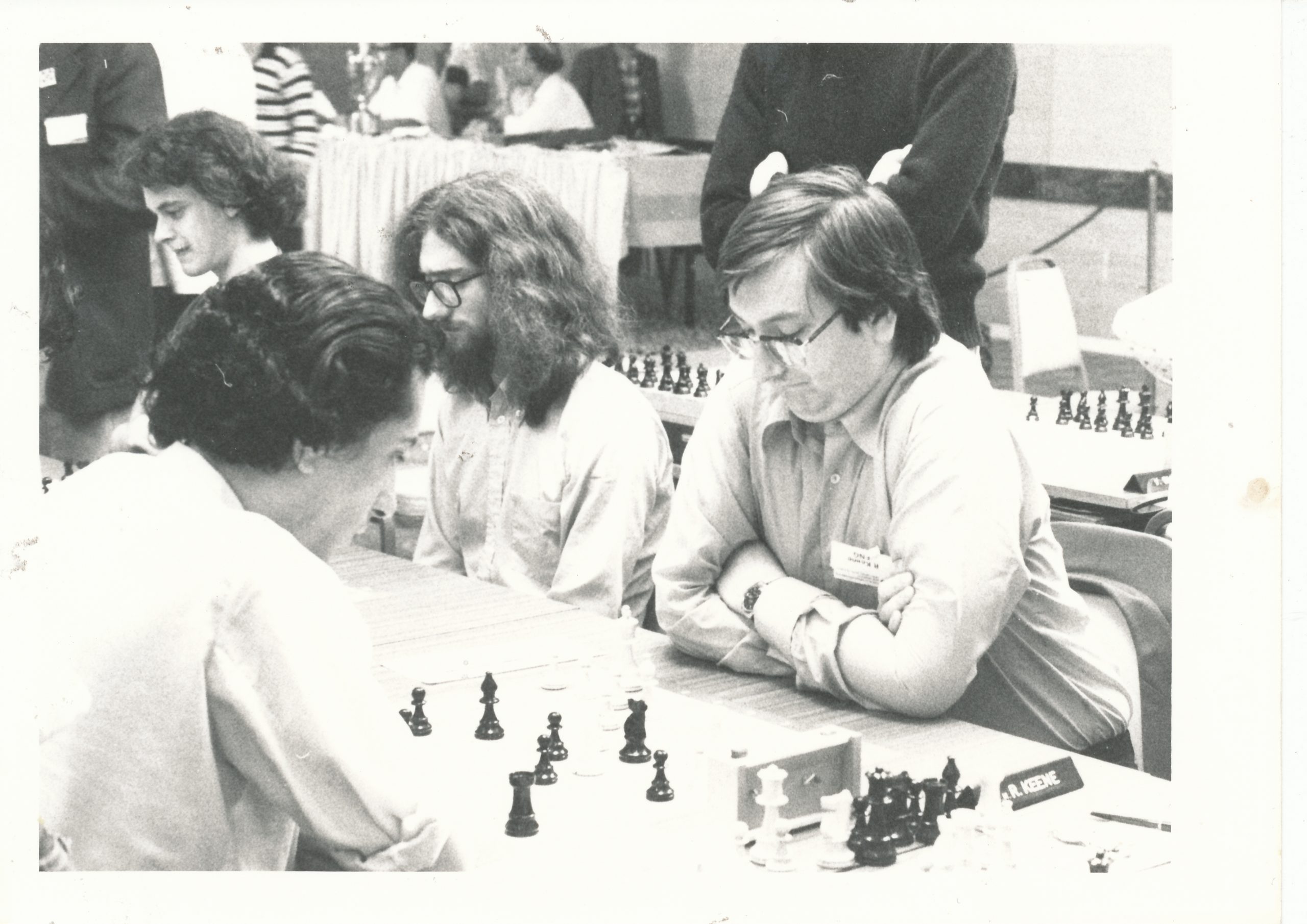
From The Encyclopaedia of Chess (Batsford, 1977), Harry Golombek wrote :
“British Master and British Champion 1976, who was born in Cambridge and packed into the three years 1974-6, in the period of time when he grew from seventeen to nineteen, more chess and more success than most people achieve in a long lifetime.
He first made his presence felt in the international field when he won the cadet championship at Pont Sainte–Maxene in France in 1974. This was an unofficial world under-18 championship and he confirmed this good impression by very nearly winning the British Championship in Clacton in the same year. He figured in a seven-way tie for first place but failed to win the play-off for the title.

The next he gained his first international master norm at the Birmingham international tournament where he finished equal second with Matera (USA) and Miles (England), a point below Matulovic of Yugoslavia whom he beat in their individual game.
He was little disappointing in the World Junior Championship at Tjentiste in Yugoslavia in 1975 in which he came third below the Russian Chekov and the US player Larry Christiansen. It was thought that, talented though he was, Mestel lacked stability and was too variable in his form to achieve the highest honours.
But the next year, 1976, was to show that was quite a false appreciation of his talents and character. First in April he won and international tournament which, if not as strong a the previous Birmingham, was still touch event to win ahead of the Yugoslav Grandmaster Damjanovic.
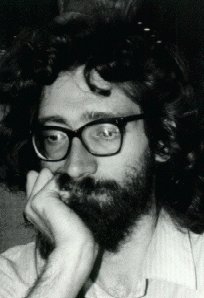
Then came a most remarkable achievement in the British Championship at Portsmouth where he won his first nine games in succession thereby winning the title and establishing a record for the British Championship with his run of victories.”
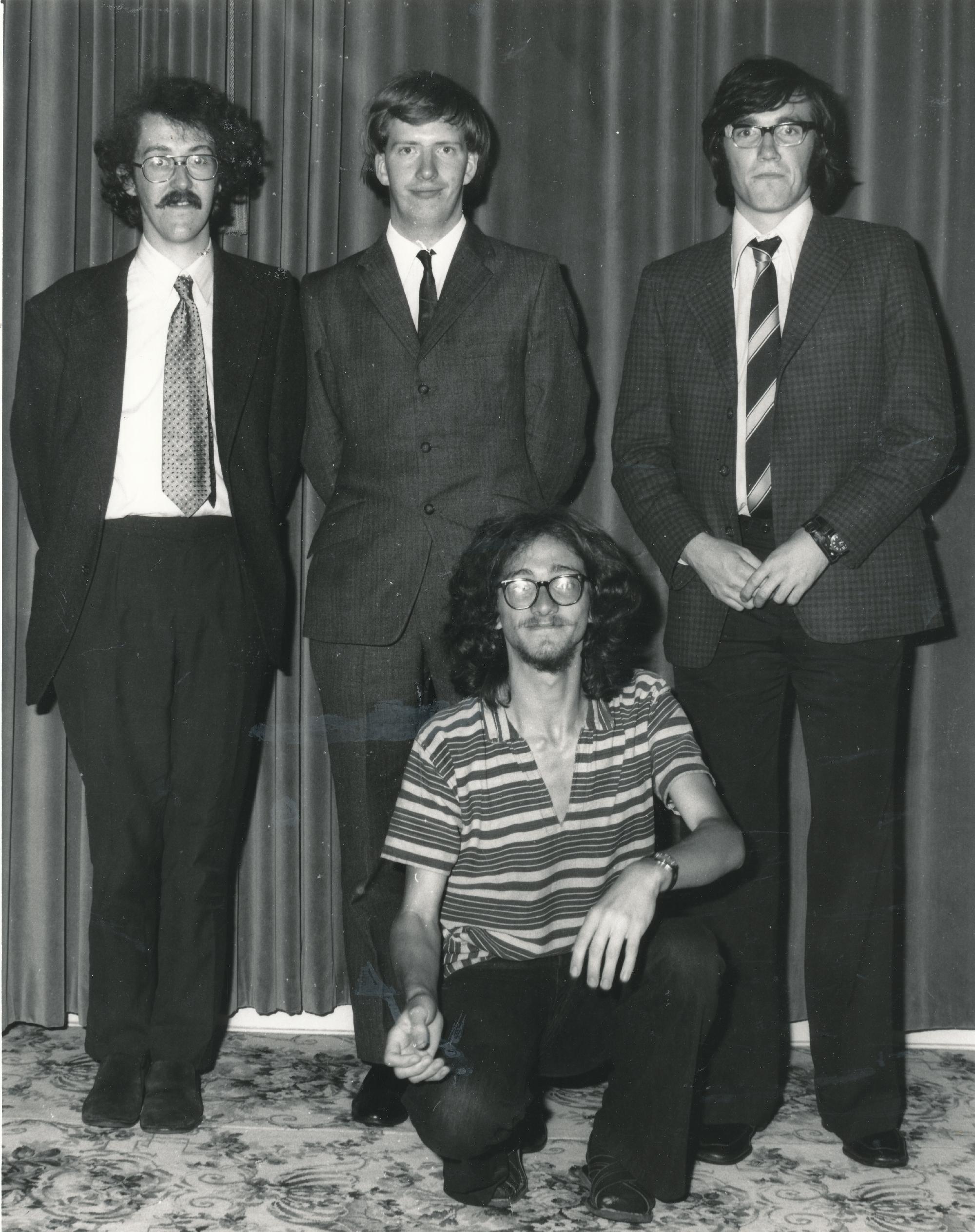
Mestel has his own named variation in the Giuoco Piano first played in Mestel-Doyle, Dublin 1975:
Olympiads and Team Events
According to Wikipedia : “Between 1976 and 1988, he was a frequent member of the English Chess Olympiad squad, winning three team medals (two silver and one bronze). In 1984, he earned an individual gold medal for an outstanding (7/9, 78%) performance on his board. Other notable results for English teams occurred in 1978 at the World Student Olympiad in Mexico and at the 1983 European Team Chess Championship in Plovdiv. Both of these events yielded gold-medal winning performances, the latter being exceptional for the highest percentage score (6/7, 85%) on any board. As a player of league chess, he has been a patron of the 4NCL since its earliest days and represented The Gambit ADs in the 2008/9 season.” Jonathan revealed that his most pleasing OTB performance ever was that of Plovdiv.
Solving and Composition
Jonathan has maintained a long time interest in problems and studies, both solving them and composing them. In 1986 he was awarded the International Master title for solving and in 1997 the International Grandmaster title for solving and in the same year he won the World Chess Solving Championship.
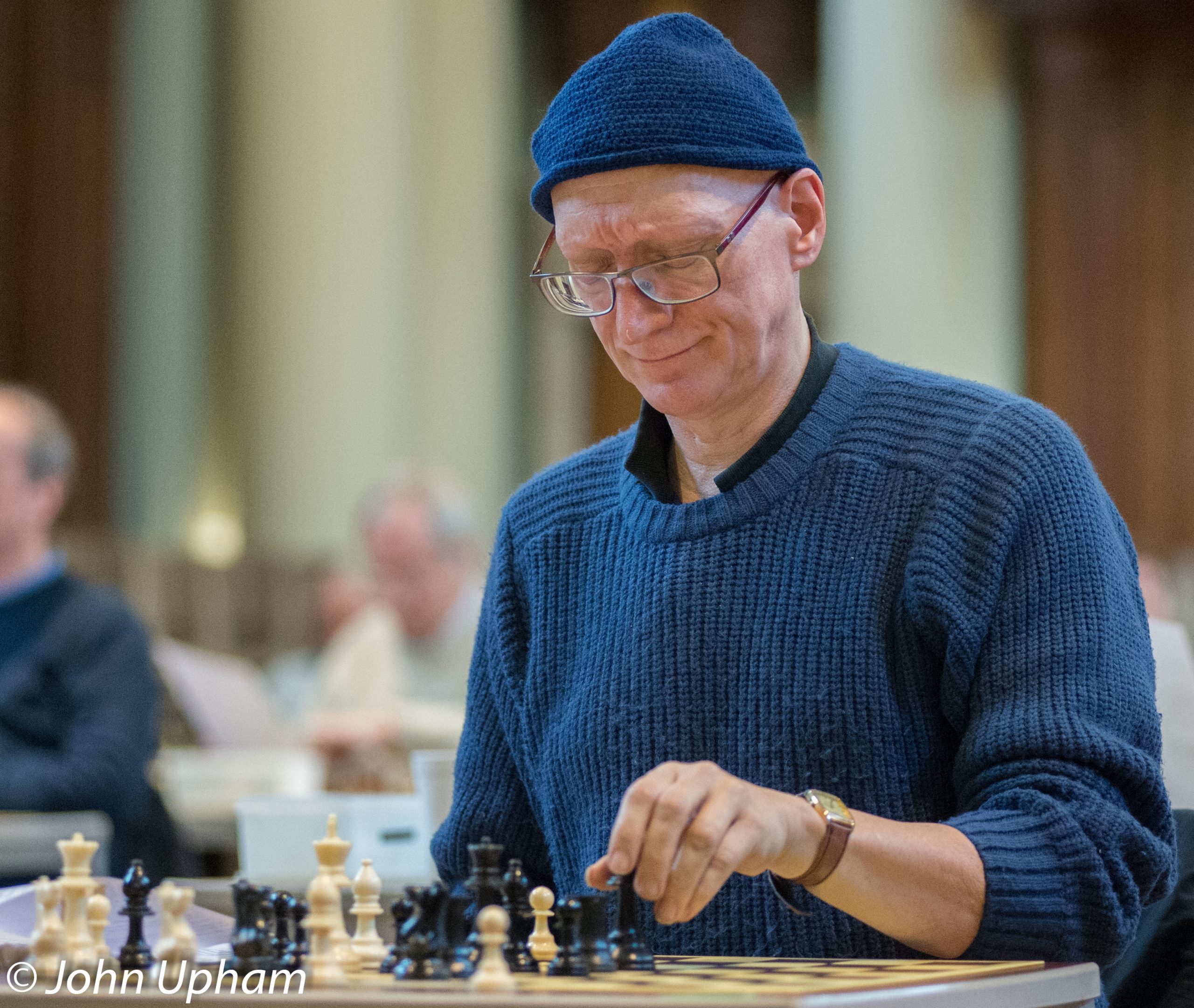
He has represented England in the World Team Solving Championships on many occasions winning in 1986, 1990 (shared with USSR), and then a run of 2005, 2006 and 2007.
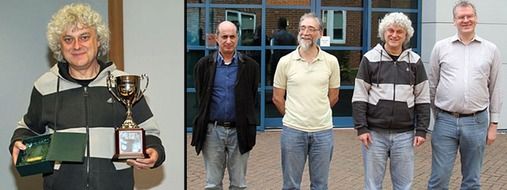
He has played many times in the Lloyds Bank and (now) Winton Capital sponsored British Solving Championships (quite often located at Eton College, Berkshire). He has won the individual title firstly in 1982-83 and then a further 17 times not to mention many times as runner-up.
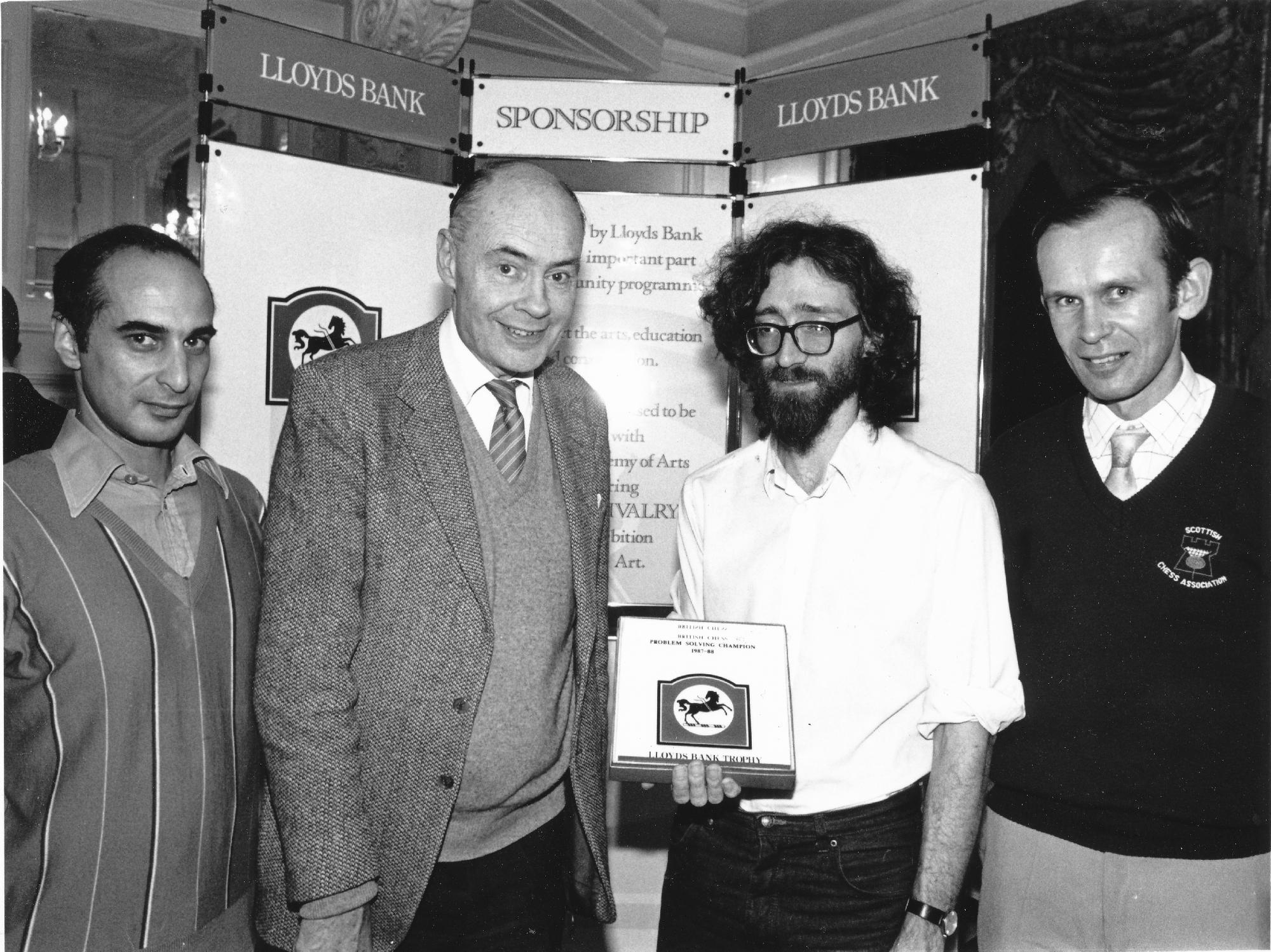
Here are a few examples:
Firstly a prize winning study…
J. Mestel
1.p Niekarker Kruujebitter Ty (tt), 2006
[FEN “8/4pP1k/5q1p/4p3/ppQpP3/3K1pp1/2P5/6R1 w – – 0 1”]
White to Play
and Draw
SOLUTION
1.Qe6! [1.Qc8? Qxf7] 1…Qxe6 2.f8Q [2.f8N+? Kh8! (2…Kg8? 3.Nxe6 g2 4.Nxd4 exd4 5.Kxd4) 3.Nxe6 g2] 2…f2 [2…Qa6+ 3.Kd2 Qe2+ 4.Kc1 Qe3+ 5.Kb2] 3.Rxg3 f1Q+ [3…Qa6+ 4.Kd2 f1N+ 5.Kc1 Nxg3 6.Qf7+] 4.Qxf1 Qa6+ 5.c4! bxc3+ [5…dxc3+ 6.Ke3! (6.Kc2? b3+!) 6…Qxf1 7.Rg7+ Kh8 8.Rg8+ Kh7 9.Rg7+ Kxg7] 6.Kc2 Qxf1 7.Rg7+ Kh8 8.Rg8+ Kh7 9.Rg7+ Kxg7 ½-½
and another study:
and another:
and
and
and now a problem:
Jonathan Mestel
British Chess Magazine, 2007
#3, 7+6
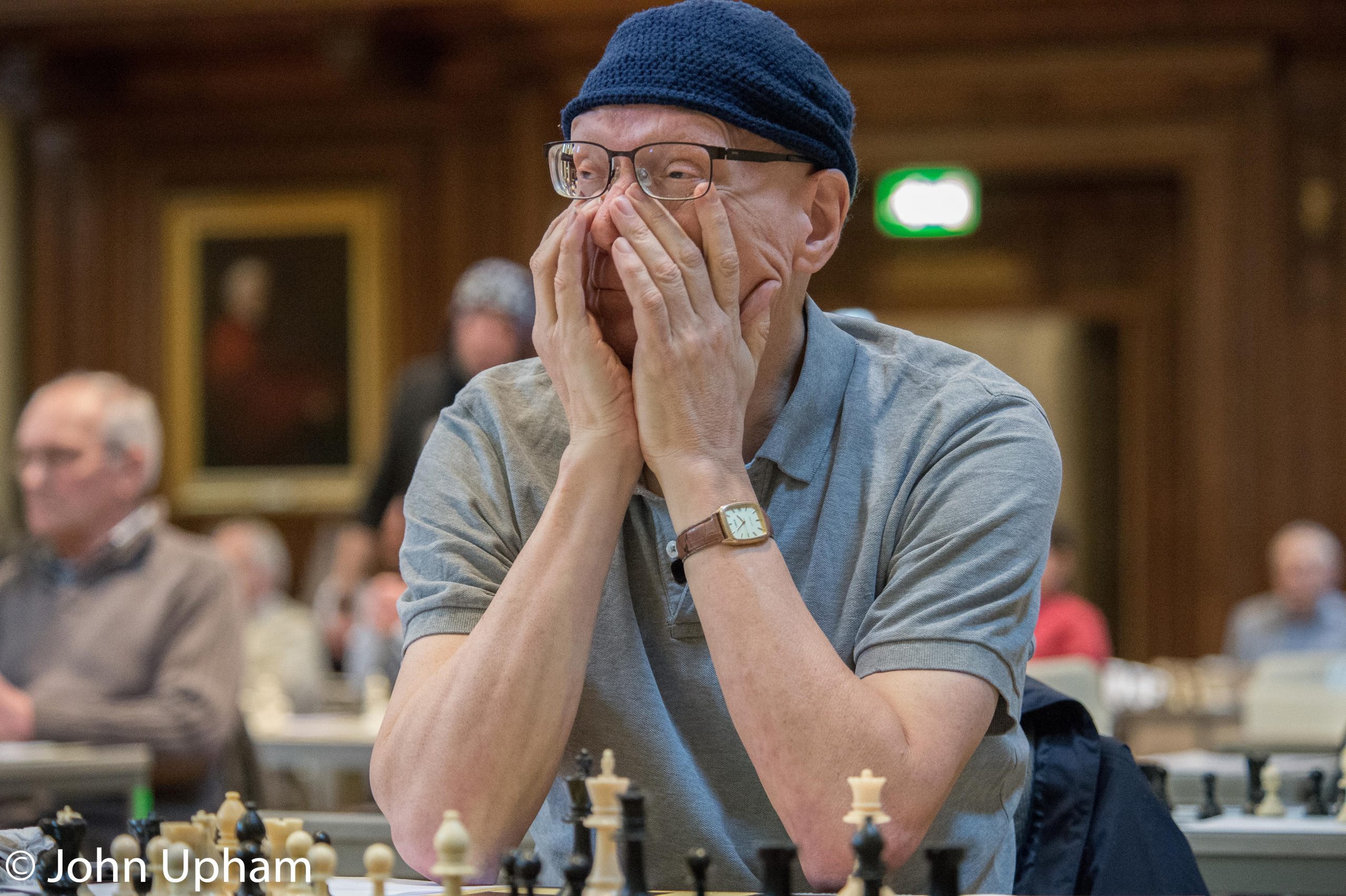
Here is his staff page from Imperial College, London
and his personal page may be found here
A.J.Mestel. Not Your Ordinary Grandmaster. by Neil Blackburn (aka Simaginfan).
Here is his Wikipedia entry

